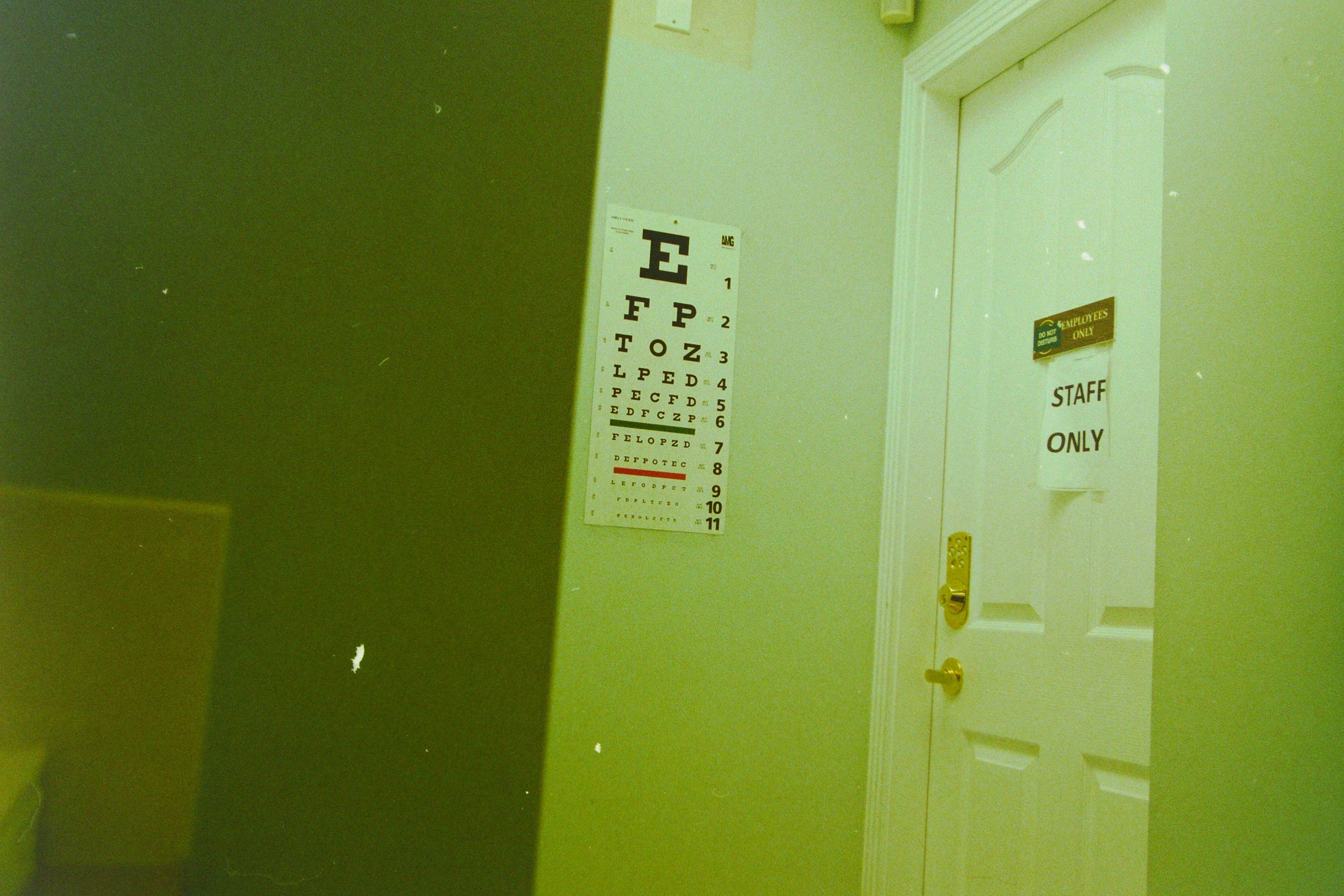What is Behavioral Optometry?
Behavioral Optometry considers your vision in relation to your visual demands, such as reading, computers and learning to read and write, to ensure your vision is working easily and comfortably. The way that you interpret what you see does not depend solely on how clear your sight is.
What does a Behavioral Optometrist do when test vision?
British Association of Behavioral Optometrists (BABO)’s Optometrists carry out a comprehensive vision and eye health examination, and then may use more tests to further investigate important aspects of vision, especially focusing, convergence, eye coordination and tracking eye movements.
They aim to evaluate the efficiency of vision, and its effect on learning and other functions. In addition to assessing a child’s eyes, Behavioral Optometrists will frequently assess a child’s visual information processing skills that are an important part of the learning process.
Behavioral Optometrists may also provide a comprehensive assessment of a child’s development of visual information processing abilities, which are an important part of the process of learning.
Are there different aspects to Behavioral Optometry practice?
Yes. Behavioral Optometrists may often have areas of practice in which they have extra experience and learning. This could include:
- Children’s vision
- Sports related vision problems
- Learning related vision problems
- Vision problems related to head injury
- Stroke and neurological disease
Is Behavioral Optometry just for kids?
No, Behavioral Optometry is for everyone young or old who wants to look after all aspects of their vision.
Do children need both behavioral examinations and normal examinations?
No, children do not need both types of examinations. All aspects of a normal eye examination are covered as part of a behavioral eye examination. Typically, a Behavioral Optometrist will assess a child’s vision, focusing, eye teaming, visual information processing and eye health as part of their examination.
Which part of the examination was the behavioral part?
Behavioral optometry is more than just the test performed. It’s a way of thinking about a child’s visual system and the impact that any treatment will have on them both in the classroom and outside of school. A Behavioral Optometrist tends to spend more time exploring how a child’s eyes work when looking at the board as well as when they spend time on electronic devices/ reading. They make sure the child’s eyes are working efficiently so that their vision doesn’t affect their ability to learn. In addition to assessing a child’s eye, Behavioural Optometrists will frequently assess a child’s visual information processing skills. These skills enable a child to make sense of what they see.
When should children have an eye examination?
- As soon as possible if there is a family history of vision problems such as eye turn (Strabismus), lazy eye, or high degrees of long or short-sightedness.
- At age 2 onwards to ensure there are no signs of a lazy or turned eye (Strabismus), or high degrees of long or short-sightedness.
- Between 3 and 5 years old, if significant hyperopia is found, a regular eye examination should be done at least once a year.
- When they start school, if their progress is significantly slower than expected, an eye examination is to check for vision problems which could be interfering in learning to read, or using their eyes to read and write.
SELF CHECKLIST OF VISUAL PROBLEMS
Your visual system can undergo tremendous stress with the demands of today’s society
Adults and children alike constantly use their near vision in the high-tech atmosphere of workplace and school. Students now read three times the number of books their parents did.
Eye discomfort, headache, blurred vision, lowered visual performance a wide variety of vision-linked problems are related to this heavy vision load. Today, in school and at work, people are required to deal with sustained, near visual task. The result is a constant stress, producing many of the symptoms and problems described in the checklist.
Many people who report symptoms also have great eyesight at distance, yet just can’t handle the visual stress associated with close work. Visual stress is linked to development of permanent vision conditions such as short-sightedness, astigmatism and other problems that affect how one lives and behaves.
For most people, the response to stress is reduced achievement and understanding.
Effect of Visual stress
When Visual Stress is present, people react in the following ways:
- Avoid the task by doing as little as possible
- Experience pain or other symptoms (aches, visual and/ or overall body fatigue, falling asleep when reading, etc)
- Supress the sight of one eye (at the cost of reduced efficiency and understanding)
- Develop myopia or astigmatism
- Eye twitching
- Cheek twitching
- Any combination of all the above
